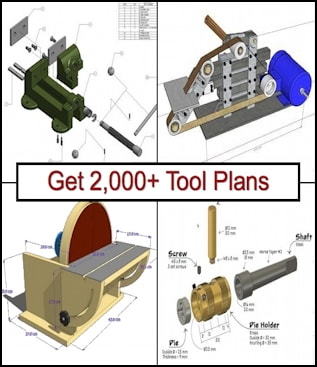Quenching an anvil in a river, with an excavator. The explanation is that this was necessary because the anvil was softened by a shop fire.
Previously:
Quenching an enormous gear - GIF
Panzer tank hull being quenched
Giant gearshaft being quenched - GIF


 LinkBack URL
LinkBack URL About LinkBacks
About LinkBacks



 Reply With Quote
Reply With Quote


Bookmarks